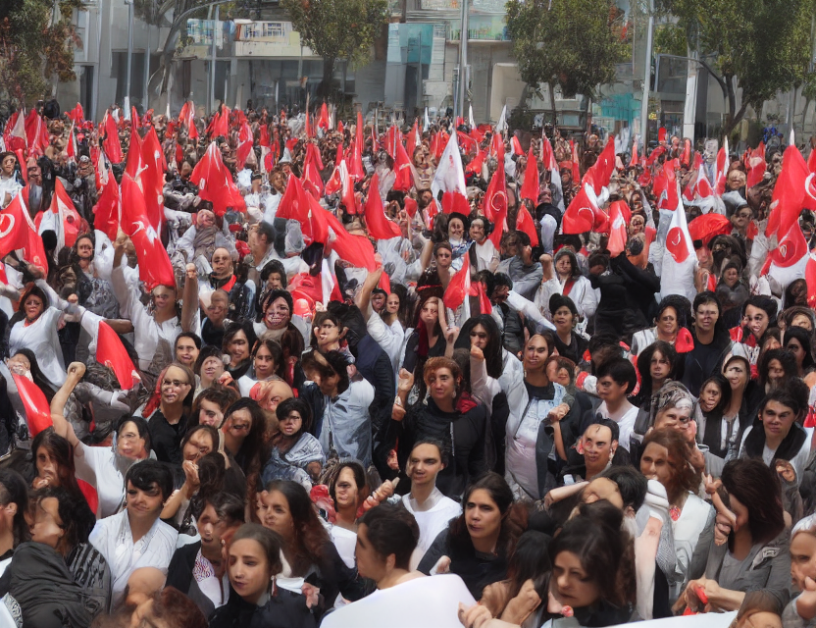Social media has become a significant platform for individuals to express their opinions and engage in discussions about various topics, including current events and social causes. In recent years, there has been an increase in the use of social media platforms, which presents both opportunities and challenges for researchers. One of the primary challenges is analyzing the informal and concise nature of social media posts, as most language models trained on formal documents may not be effective in this context. This article aims to address this challenge by comparing different language models specifically designed for Turkish, one of the top 20 living languages in the world.
Language Models
Several language models have been developed to analyze social media texts, including BERTurk and mBERT. BERTurk is a well-known model in the Turkish community and has been widely used, with a vocabulary of 128k trained on 35 GB of Turkish text data. mBERT, on the other hand, is trained on the content of the largest 104 languages on Wikipedia, with a vocabulary size of 110k. Both models have been shown to be effective in various natural language processing tasks.
Sentiment Analysis
To evaluate the effectiveness of these language models in analyzing social media texts, the authors conducted a sentiment analysis task using several datasets. The results showed that BERTurk and mBERT performed similarly well, with both models accurately classifying the sentiment of the text. However, it is essential to note that social media texts can sometimes be neutral or non-polarized, and these models may not always capture this nuance.
Conclusion
In conclusion, this article provides insights into the use of language models for analyzing social media texts in Turkish, one of the most widely spoken languages in the world. The results demonstrate that BERTurk and mBERT are both effective in classifying sentiment, but it is crucial to consider the limitations of these models when interpreting the results. Further research is needed to develop more sophisticated language models that can capture the complexity of social media texts.



